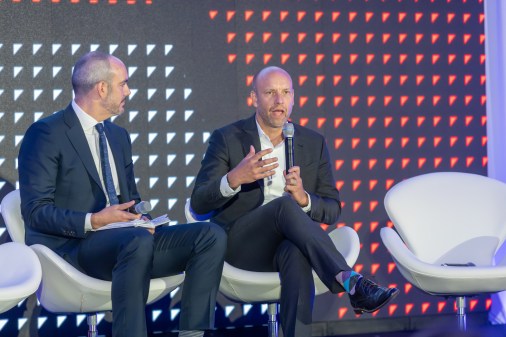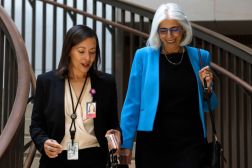GSA wants to be an ‘end-to-end digital entity’

The General Services Administration isn’t a “true, end-to-end digital entity” yet, but it plans to be, Chief Information Officer David Shive said Wednesday.
GSA intends to take the digital assets and tools it has created and ensure they’re always operating as efficiently as possible by reengineering agency business processes, Shive said.
That way GSA can continually improve systems and services throughout the acquisition life cycle, rather than simply patting itself on the back for going paperless.
“We’ve digitized the vast majority of the intellectual assets of GSA, but a lot of those are first gen,” Shive said during an ATARC virtual event. “They’re basically digital copies of existing paper processes.”
GSA recently established shared service product lines for cloud and identity and credentialing services, and has more on the way. The product lines allow for better system integration, which in turn improves security and data exchange, said Beth Killoran, deputy CIO at GSA.
The agency also wants to improve its cybersecurity tools by augmenting them with artificial intelligence for predictive analytics, Killoran said.
GSA aims to procure such AI using its new fourth-generation, enterprisewide Infrastructure Capabilities and IT Operations contract. Structured differently than its predecessors, the contract is designed to reduce operational costs for reinvestment and enable GSA to partner with new, innovative contractors to aid the agency’s digital push.
The agency is a “heavy” user of AI in “predictable” places like cybersecurity, where threat detection is easily automated, with around 25 projects being piloted or in the minimum viable product or production stage, Shive said. Another 15 AI projects are in the pipeline.
Currently 51% of GSA workloads are in its cloud and 22% in off-premises managed services, with the remaining 27% on premises.
“We will continue to look for targets to move to the cloud,” Shive said. “But we will also be smart about it.”
The highest-value IT spend isn’t always the cloud, he added, and GSA will remain a hybrid environment for the foreseeable future.






